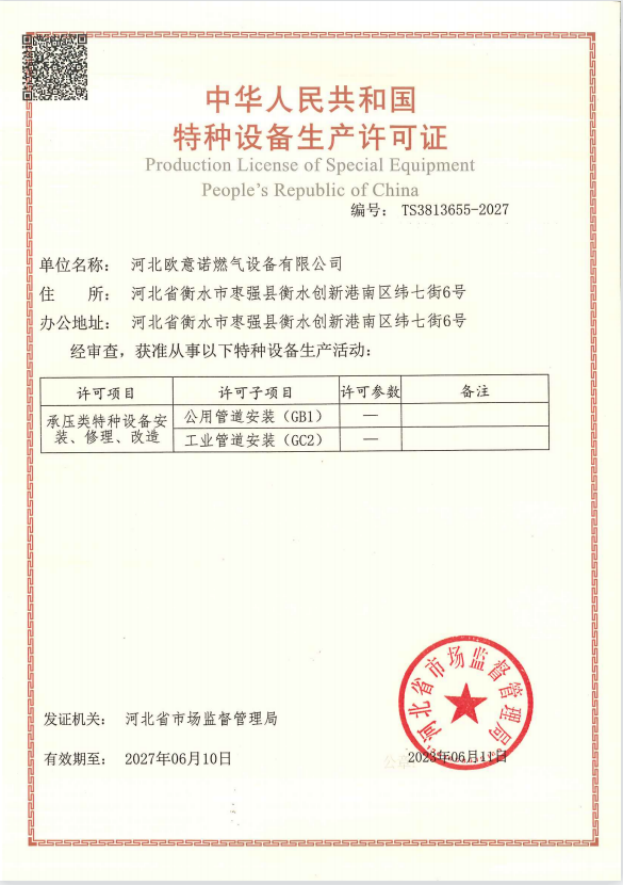
Nov . 22, 2024 13:59
Back to list
pressure reducing regulators
Pressure reducing regulators are essential devices that serve to control and maintain the desired output pressure of a fluid or gas, ensuring safety and efficiency in various applications. These regulators are widely used in industries ranging from manufacturing to healthcare, where precise pressure management is crucial.
The primary function of a pressure reducing regulator is to take high-pressure gas or fluid from a source and reduce it to a lower, manageable pressure for use in downstream processes or equipment. By doing so, these regulators mitigate the risks associated with high-pressure systems, such as leaks, equipment failure, or even hazardous accidents.
One of the key components of a pressure reducing regulator is the diaphragm, which responds to the output pressure. When the downstream pressure rises above the set point, the diaphragm moves to throttle the inlet flow, thereby reducing the pressure. Conversely, if the downstream pressure drops, the regulator allows more flow, ensuring that the pressure remains stable. This automatic adjustment is vital for maintaining consistent operational conditions.
There are various types of pressure reducing regulators, tailored to different applications. For instance, in the medical field, regulators control the pressure of gases like oxygen, ensuring that patients receive appropriate dosages. In industrial settings, these regulators are crucial for processes that rely on precise gas pressures, such as welding or chemical manufacturing.
pressure reducing regulators

The materials used in constructing pressure reducing regulators also play a significant role in their performance and longevity. Common materials include brass, stainless steel, and other corrosion-resistant alloys, which can withstand high pressures and adverse environmental conditions.
When selecting a pressure reducing regulator, factors such as the desired pressure range, flow rate, and the type of gas or fluid being regulated should be considered. Proper installation and maintenance are also crucial to ensure optimal performance and safety. Regular checks for leaks, wear, and tear can prevent costly downtime and ensure that systems operate efficiently.
In conclusion, pressure reducing regulators are vital components in numerous applications where pressure management is essential. Their ability to provide safe and reliable pressure control not only protects equipment but also enhances overall operational efficiency. As industries continue to evolve, the demand for advanced pressure regulation technology will likely grow, paving the way for innovations in this critical area.
Next:
Latest news
-
Safety Valve Spring-Loaded Design Overpressure ProtectionNewsJul.25,2025
-
Precision Voltage Regulator AC5 Accuracy Grade PerformanceNewsJul.25,2025
-
Natural Gas Pressure Regulating Skid Industrial Pipeline ApplicationsNewsJul.25,2025
-
Natural Gas Filter Stainless Steel Mesh Element DesignNewsJul.25,2025
-
Gas Pressure Regulator Valve Direct-Acting Spring-Loaded DesignNewsJul.25,2025
-
Decompression Equipment Multi-Stage Heat Exchange System DesignNewsJul.25,2025

